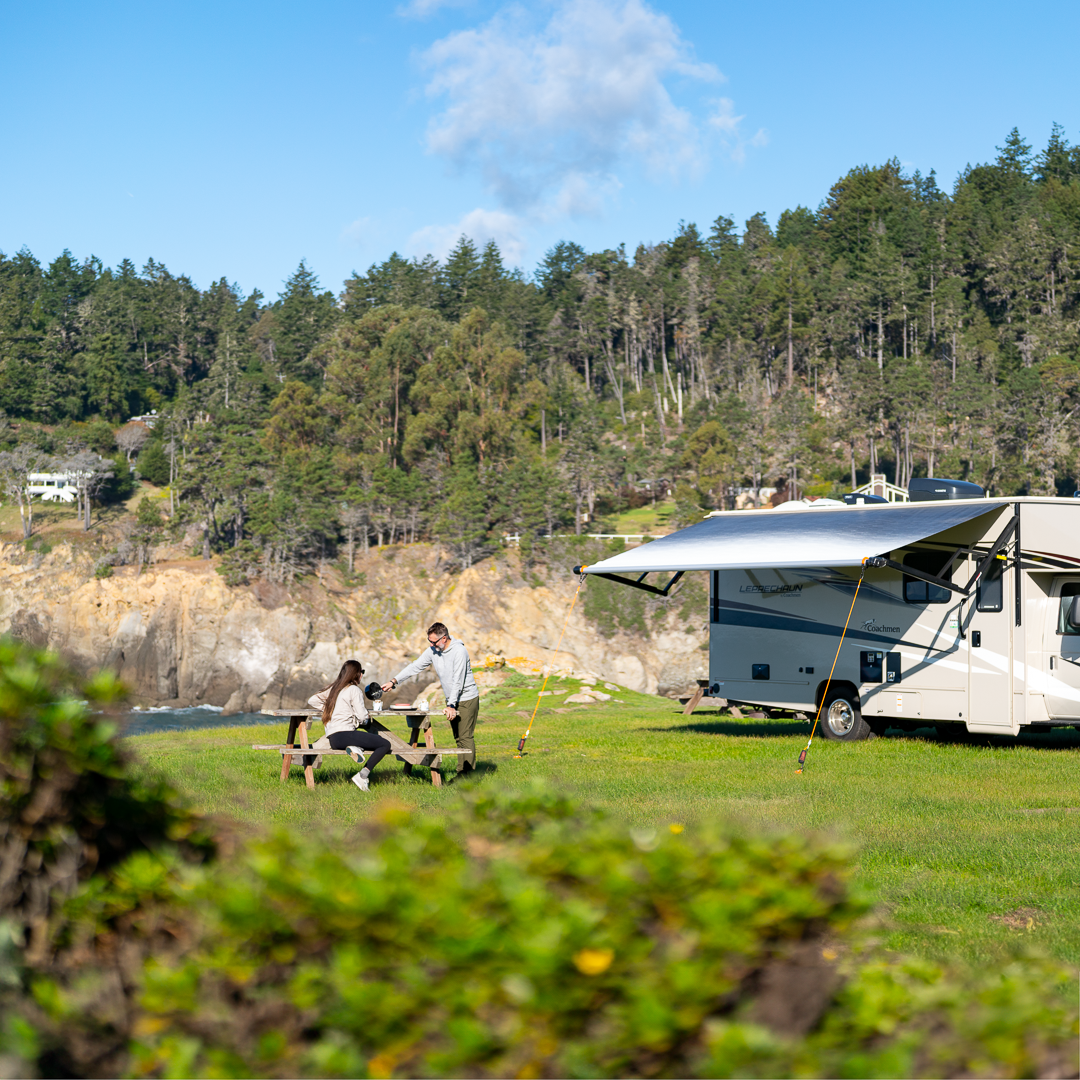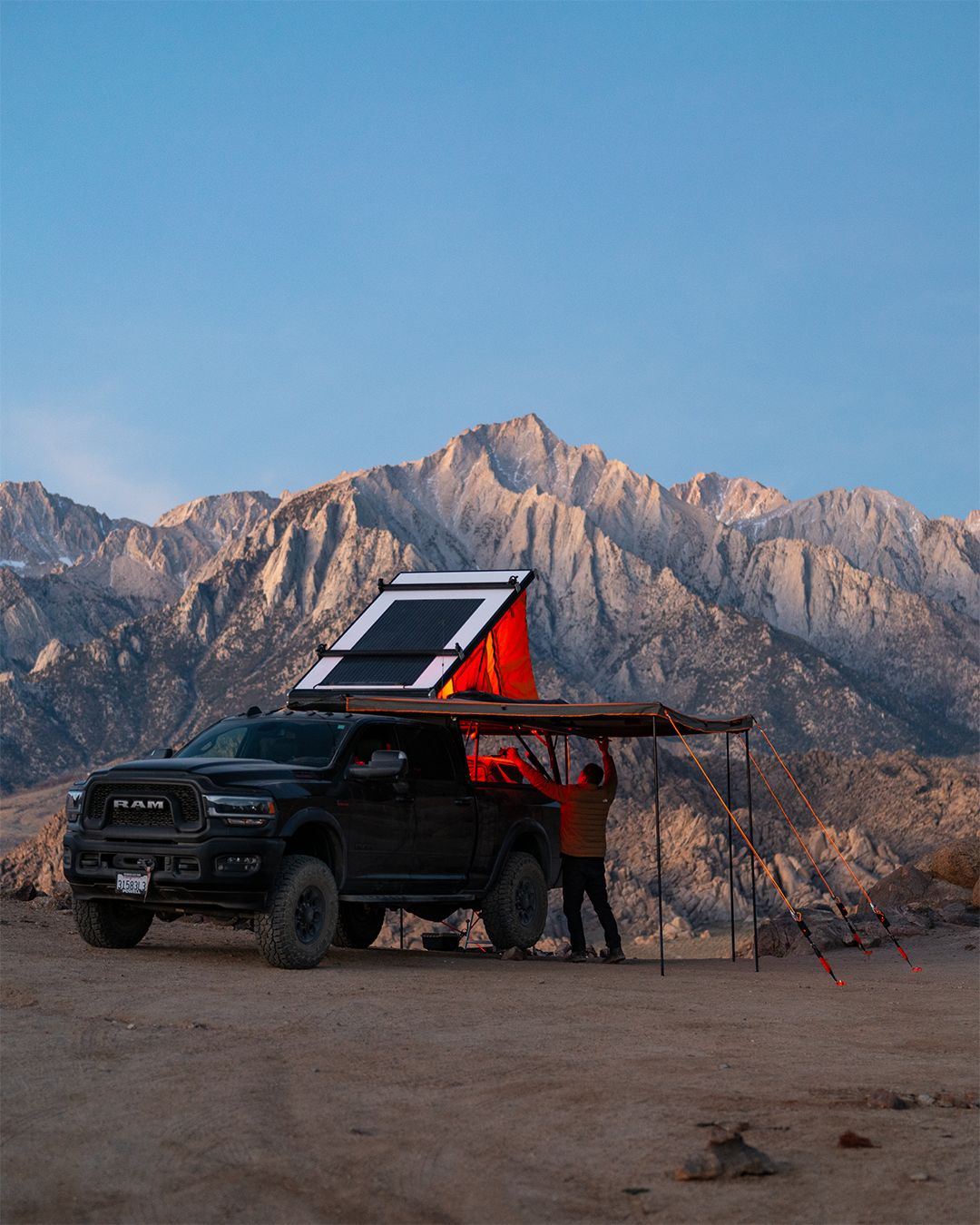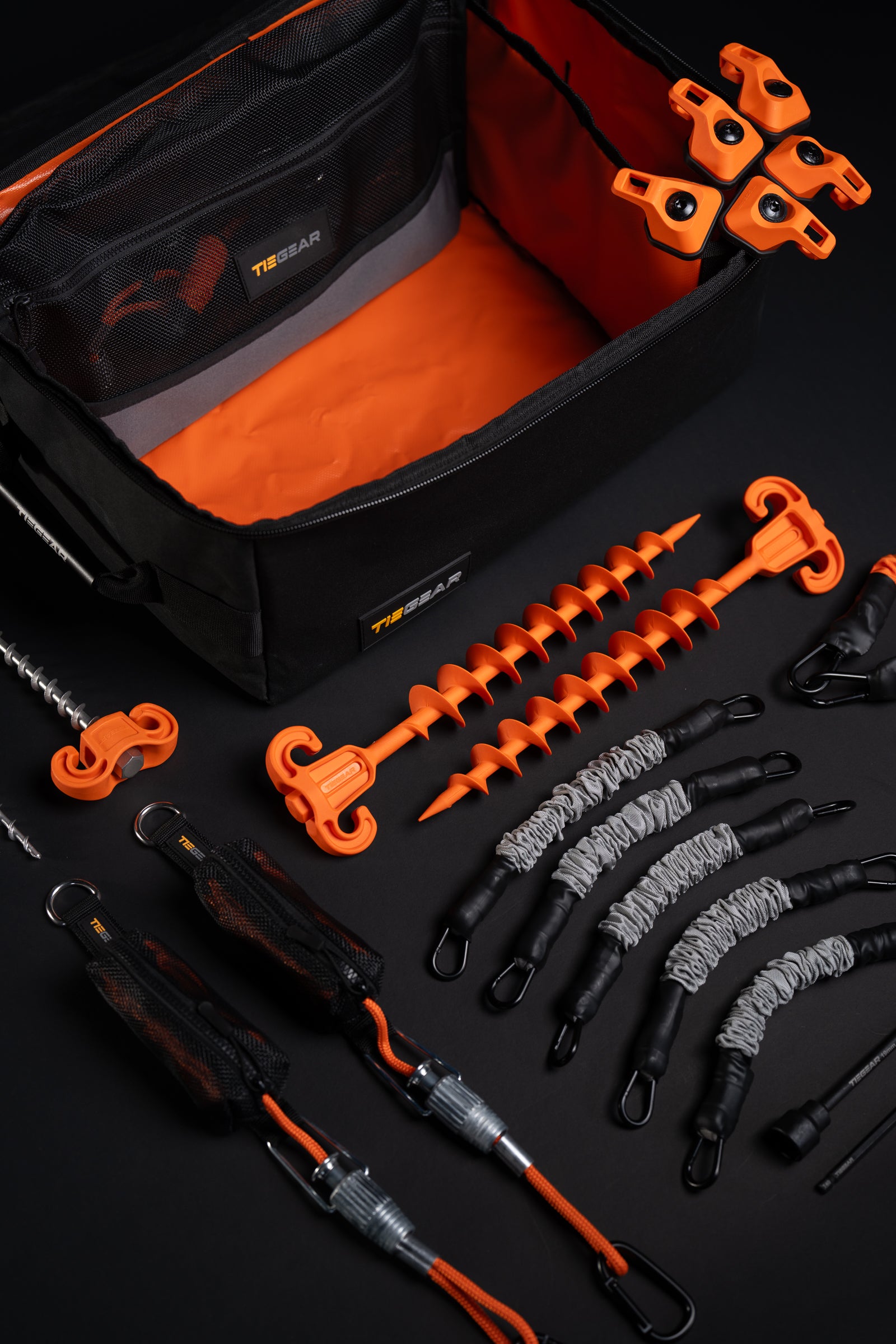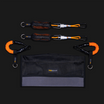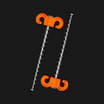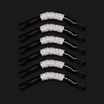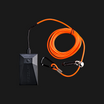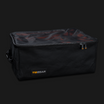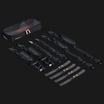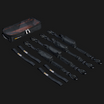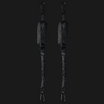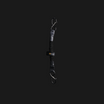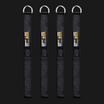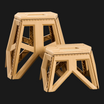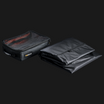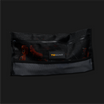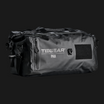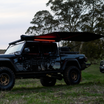Tune out the wind and tune in to starlight, birdsong, and gum leaves rustling above – these are our favourite tent pegs for every type of terrain.
Postcard-perfect swimming spots under towering gums, waves lapping up shorelines and kangaroos, wombats and echidnas (oh my!). And there’s no better way to meet them than with friends, a fire, and a canvas roof overhead. Camping might just be the most immersive way to experience Australia at its rawest.
Not all tent pegs are created equal. The real heavy lifters? Drill-driven ground anchors, engineered to dig in deep and not let go. Built for fast setups and dependable hold, they let you focus on the good stuff: the ridgelines, the night sky, the feeling of being far, far away from everything. Because the only medley of sage-green you’d want to see is rustling eucalyptus, not your tent or awning flapping in the wind.
Dive into our guide covering the best tent peg options for every adventure.
Does tent peg choice matter?
In the great outdoors, comfort hangs by a thread, or more accurately, by a peg. When the wind howls and the storm rolls in, it's not the size of your shelter that matters, but how well it holds. Get it right, or get ready to be a cautionary tale in another adventurer’s story.
From the rocky escarpments of the Grampians to the boggy alpine meadows near Mount Kosciuszko, your choice of tent peg can make or break your setup.
Here’s what’s at stake when weather and terrain get serious:
Weather
Weather resilience demands pegs engineered for the conditions you’ll encounter. For example, blizzards sweeping across Dead Horse Gap in the Snowy Mountains can generate high lateral forces. Meanwhile, relentless desert winds along the Finke River in the West MacDonnell Ranges apply sustained pressure that tests every component of your shelter system.
The wrong peg choice can turn a stable basecamp into a liability, leaving you exposed when conditions shift from uncomfortable to genuinely dangerous.
Terrain
Terrain compatibility determines whether your pegs achieve purchase or fail catastrophically. The granite scree slopes of Bogond High Plains, coastal sands at Fraser Island, and waterlogged meadows of the Daintree Rainforest each present unique challenges that demand specialised anchoring solutions.
A peg that excels in rich forest loam around Tasmania’s Tarkine Wilderness becomes useless on the harsh quartzite ridges of the Flinders Ranges, while sand-specific designs fail miserably in clay hardpan soils found along parts of the Murray-Darling Basin.
Safety
Safety in the wild is in the details you might not see: a peg that’s easy to spot, resistant to rust, and tough enough to endure the desert’s blistering days and the mountains’ icy nights. The wrong choice? A trip hazard waiting to happen, or worse, a sudden failure when the storm closes in.
What are the different types of tent pegs, and how do they compare?
For the adventurers, explorers and travellers amongst you, this comparison highlights the compromises in every peg: carrying light versus standing tough, terrain savvy versus lasting power.
|
Peg Type |
Material |
Best Terrain |
Holding Power |
Weight |
Durability |
|
Screw-In Hard Terra |
Forged 304 Stainless Steel |
Grass, Dirt/ Gravel or Rocky |
Excellent |
Medium |
Outstanding |
|
V-Stakes |
Aluminum |
Hard/Rocky |
Very Good |
Light |
Good |
|
Y-Beam |
Aluminum |
General Use |
Good |
Light |
Good |
|
Nail Stakes |
Steel |
Hard Ground |
Excellent |
Heavy |
Outstanding |
|
Plastic |
ABS/Nylon |
Soft Ground |
Fair |
Very Light |
Poor |
|
Soft Terra |
UV stabilised, flexible and engineering grade nylon |
Sand/Snow |
Excellent |
Light |
Outstanding |
|
Light Terra |
xx |
General Use/ Lighter Camping Setups |
Good |
Light |
Excellent |
What are the best tent pegs for each condition?
In sand and soft soil, standard pegs simply don’t cut it. Screw-in sand pegs (like our Soft Terra!) dig in with more surface area and angled flukes that lock into place. Angle your sand stakes low and wide to counter uplift, and even the loosest beach terrain won’t budge your shelter. With over 47,000 kilometres of coastline and nearly 12,000 beaches, Australia offers no shortage of places to put them to the test.
Our favourite sandy locations to use the Soft Terra:
Compacted dirt and stubborn clay are notorious peg-breakers. But stainless steel nails are built for the job — driving deep where others fold. It’s that first bite into the earth that counts, anchoring your shelter with a rock-solid grip in even the most unyielding terrain. Our Hard Terra works exceptionally well, thanks to the masonry tip that bores into the ground and allows the aggressively tapered thread to anchor its way in.
Soft ground and forest floors accommodate most peg designs, making this terrain forgiving for various anchor types. We’ve designed the Lite Terra with this in mind – perfect for tents, swags, privacy screens and lighter tie-down conditions. The abundant organic matter creates natural holding power that supports lighter-weight options. It’s ideal for well-trodden favourites like Victoria’s Otways, Tasmania’s Styx Valley or the tall timber zones of New South Wales’ Barrington Tops — all rich in loamy soils and shaded forest clearings.
Snow and frozen ground aren’t just hard. They’re unforgiving. Wider stakes spread the load across icy terrain, while warming pegs before setting helps them seat better in the frozen crust. When the snow gets deep, buried tent pegs often provide a grip no regular peg can match.
Why are screw-in pegs better?
Screw-in pegs earn their stripes in real-world conditions. Their spiral design makes them easy to drive in, while delivering a grip that’s tough to shake loose, even in the worst weather.
1. Efficiency in camp setup can mean the difference between daylight dinners and fumbling by headlamp. Screw-in pegs offer surgical accuracy without the brute force — no hammering, less noise, and far less chance of a bent stake.
2. What sets screw-in pegs apart is their bite. The threaded design twists deep into the soil, forming a mechanical lock that resists wind from all angles. Unlike traditional stakes that rely on friction alone, screw pegs anchor in with purpose – and have even shown up to three times the holding power of comparable options.
3. Screw-in pegs bring a rare kind of reliability to the trail. From the hardpan of the Red Centre to the soft sands of Cape Le Grand, they hold their own, cutting down on gear clutter and stepping up when the terrain gets tricky.
Common Mistakes to Avoid When Choosing Pegs
- Going ultralight means nothing if your setup can’t hold. Those gossamer-thin pegs might shave grams from your pack, but they'll add stress to your trip when they fail at the worst possible moment.
- Ignoring the ground beneath your feet leads to predictable disappointment. Sand pegs in rocky country, nail stakes in loose soil – it's like taking a sedan down a 4WD track and wondering why things go sideways.
- Skimping on spares leaves you short when conditions demand extra guy-out points or when that one peg decides to bend just because it can. Pack 20% more than your tent calls for – redundancy is your friend in wild places.
- Forgetting about removal means leaving bent metal monuments to poor planning. Quality pegs go in clean and come out cleaner, leaving your campsite as pristine as you found it.
Discover screw-in pegs from Tiegear
From swags under desert stars to family tents beside billabongs, beach gazebos to mountain tarps, these tent pegs are built for the real Australia — the one beyond the postcards. When conditions get gnarly and you need anchoring that won't quit, back yourself with gear that's proven from Cape York to the Great Ocean Road. Team them up with our guy ropes, or choose a STEADFAST bundle — premium guy ropes, complete spring system, and organised storage that's ready for whatever adventure calls.
Whether you're sneaking away for quiet weekends in the mallee, chasing waterholes down dusty tracks, or following the bitumen with your mobile basecamp, spend less time mucking about with setup and more time embracing the freedom that only comes from proper Australian camping.

